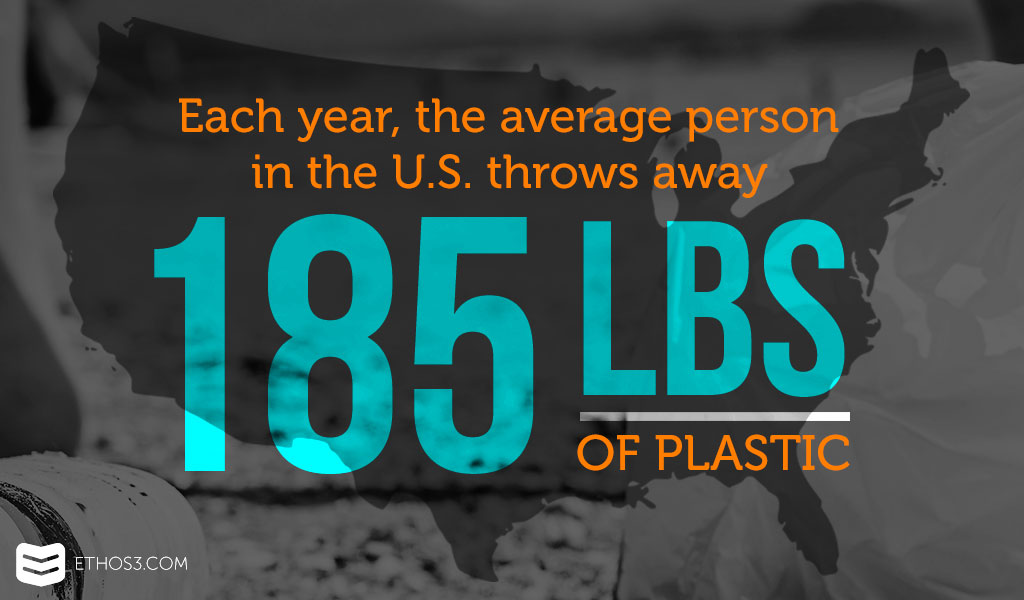No matter what your presentation is about, your primary goal is for your audience to leave the room remembering your main points. Luckily, a wealth of literature has amassed related to attention, memory, and human psychology and neuroscience. Every presenter should understand fundamental psychological principles in order to maximize the impact of your message. In the past decade, the average individual’s attention span has decreased from 12 seconds to 8. All the more reason to utilize science to support your content. From capturing the audience’s attention to ensuring that they will retain as much of your presentation as possible, the following research-backed tips will assist in the effective dissemination of your ideas and arguments to your audience.
Give an incentive
A recent study from Penn State found that people are more likely to remember information if there is an expectation that they will need to be able to recall it. Instead of selectively remembering object features (feature-based encoding) or packing all information in working memory about an object (object-based encoding), researchers propose another theory: expectancy-based binding. According to the theory, people are able to remember visual features, but they don’t always actually correlate an object with a feature if they don’t need to for the task.
“What we’re showing is that attention is not enough to ensure accurate memory. You need some kind of expectation that attributing certain features to the object is important.” Brad Wyble, Penn State assistant professor of psychology
What do these findings mean for presenters? For starters, make sure you briefly outline your main points verbally and visually at the beginning of your presentation. Studies have shown that structured presentations are 40% easier to retain than unstructured presentations. In addition, craft an activity or provide a resource to incorporate during your talk to serve as a subtle reminder that specific information is important.
Practice simple design
According to researchers at the University College London, challenging visual tasks can lessen the brain’s auditory capacity. And the study participants were not just ignoring the sounds around them during the visual task, however, they merely didn’t hear them. The implication of this study for presenters lies either in visual design. If your presentation includes a particularly complex illustration, consider simplifying it to relieve the cognitive load on your audience.
Incorporate relevant visuals
When you tell your audience a piece of information, if all goes well, they’ll remember 10% of it a few days after your presentation. But, if you utilize a slide with a relevant image, your audience will remember 65% of the information you presented three days later. For example, let’s say you are presenting about plastic bags and their impact on the environment. You want to relay the following statement:
Each year, the average person in the U.S. throws away 185 pounds of plastic.
Source: 22 Facts About Plastic Pollution (And 10 Things We Can Do About It)

Instead of just telling your audience, show them with a relevant visual – such as a unique data visualization.
Avoid redundancy
As a general rule, refrain from reading directly from your slides, as redundant information drains the parallel processing capacity of audience members. Research indicates that visual and auditory overload in working memory occurs if a presenter explains visual content with on-screen text and narration. One study found that people learn 79% more from textless visual information when it is explained verbally. Always aim to enhance the effectiveness of your verbal content with the visual content by slashing unnecessary text.

Cut clutter
Sway to the minimal side with slide content, but the maximum slide with verbal content. According to the coherence principle, the less you can put on a slide, the better, especially if your goal is to optimize the learning processes of your audience. Eliminate any visuals or text on a slide that are not significant to the particular point you are discussing at a given moment. In one study, students who studied multimedia presentations without extraneous text and illustrations achieved a 105% learning gain.
Think of your slides as CoCo Chanel thought of fashion accessories. After completing her outfit each day, she would remove one item. Before you call it quits on your presentation design, conduct a quick run-through to find one accessory your presentation could do without.

Attention and memory are important to contemplate as you construct a presentation outline. To put your message’s best foot forward, exert the extra effort to understand these cognitive concepts. For more tips on crafting a memorable presentation, check out the following links!
How to Conquer Short Attention Spans
The Science of Memorable Presentations
Create Memorable Presentations With These 2 Psychology Tricks
